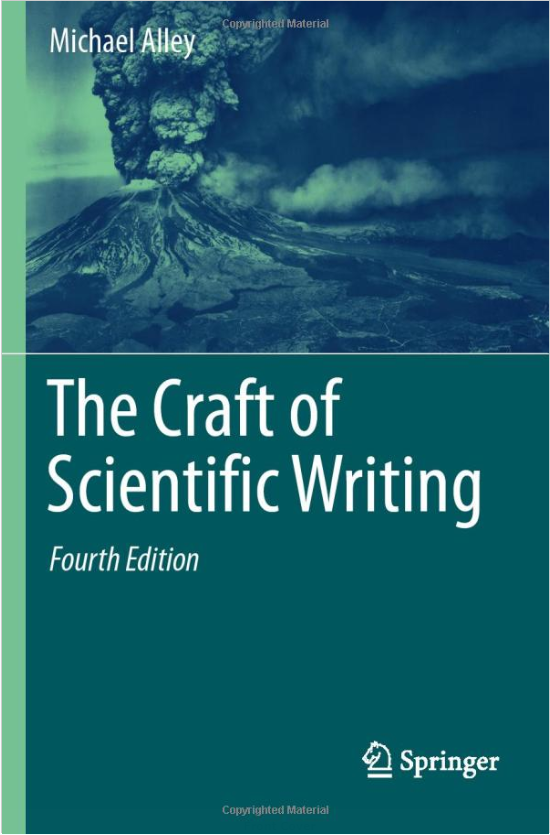The Craft of Scientific Writing, 4th edition
|
The Craft of Scientific Writing aims to help engineers and scientists write about their work. To accomplish this goal, the book uses scores of examples from professional documents to show the differences between writing that succeeds and the writing that does not. Released in March 2018, the fourth edition of The Craft of Scientific Writing is available online from the following sites: Springer, Amazon.com, and Barnes and Noble. Although the world has changed much since the third edition came out in 1996, this book still pursues excellence in writing. Such excellence comes from crafting each idea into a precise and clear sentence, from connecting those sentences into paragraphs, and from sustaining energy by using strong verbs and by being concise. Such skills require the writer understand the essence of grammar. For that reason, this book teaches that essence. While many writing teachers have given up expecting students to know what the subject of a sentence is or even what distinguishes a sentence from a run-on or fragment, I have not. You might call me old-fashioned, but I see a wonderful opportunity for young engineers and scientists to distinguish their writing by investing in learning the essence of grammar. Since the third edition came out in 1996, much has also changed about me. In teaching my ideas to hundreds of engineers, scientists, and technical professionals around the world, I have learned many lessons. Many examples in this book have been analyzed by thousands of professionals, and their honest comments have shaped this book's advice. Given that, I am not as brash as I was in my twenties and thirties. For that reason, the advice of this fourth edition is more thoughtful than the advice of the 1996 edition. In conclusion, I have no doubt that you will learn much in reading the book, because I learned so much in writing it. |
